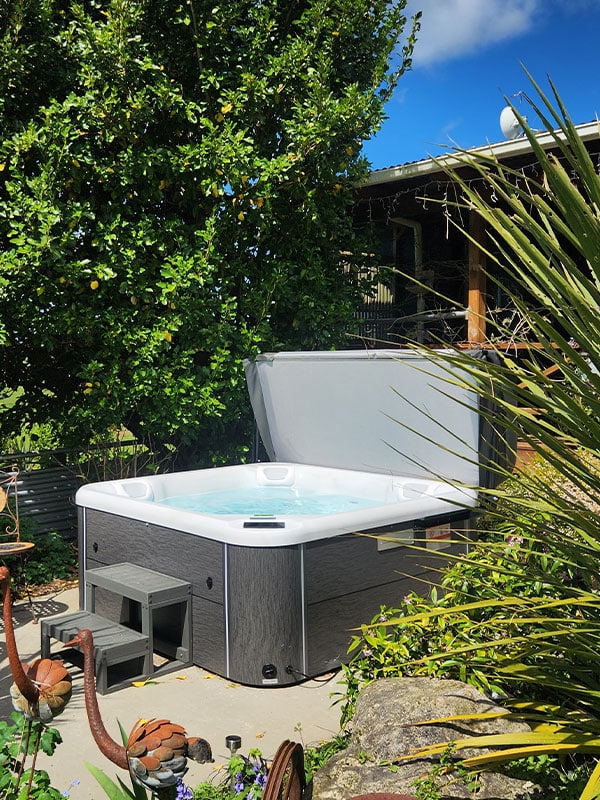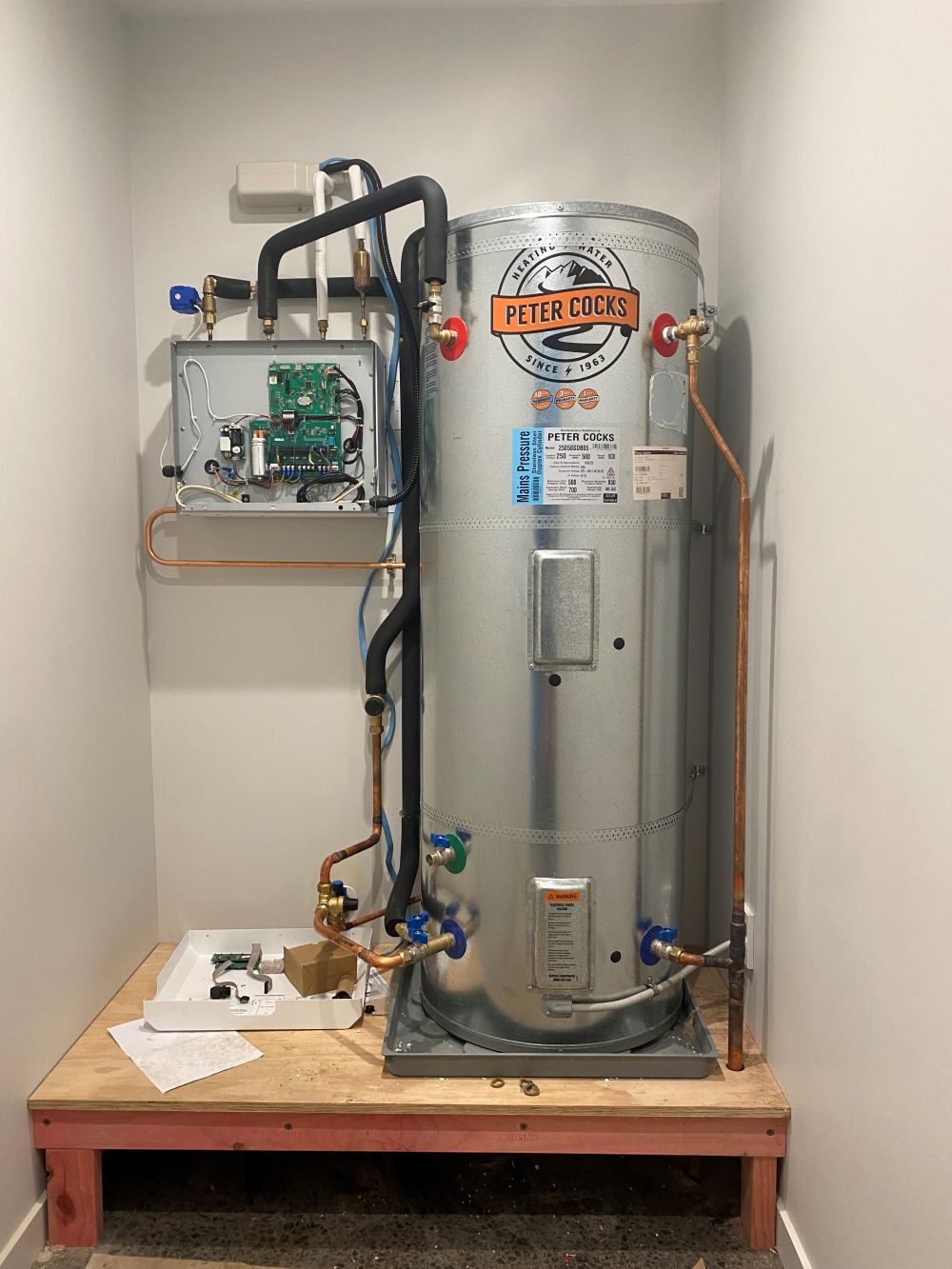Picture this: a stormy night in Aotearoa, with the distant rumble of thunder echoing through the hills. While our beautiful land offers endless natural wonders, it’s no stranger to the force of cyclones and floods creating times of emergency.
As Kiwis, we understand the importance of being prepared for nature’s challenges. This guide will take you on a journey through comprehensive steps to safeguard your home and loved ones before a cyclone or flood strikes.
1. Risk Assessment:
In the tranquil days before a storm, take time to assess the potential risks your home faces during a cyclone or flood.
Consider your geographical location – is your home near rivers, lakes, or coastal areas? Assess the soil type and local topography to better understand the vulnerabilities your property may have.

2. Emergency Plan:
Crafting a family emergency plan is as essential as the air we breathe. Establish clear evacuation routes, designate meeting points, and discuss communication strategies with your family members.
Regularly practice evacuation drills so that each member knows their role in ensuring a swift and coordinated response during a crisis.
Creating Your Own Emergency Plan:
Evacuation Routes:
- Identify multiple evacuation routes from your home to higher ground or a designated safe area.
- Ensure everyone in the household is familiar with these routes.
Communication Plan:
- Establish a communication strategy, including a list of emergency contacts both within and outside your household.
- Designate a central contact person who can coordinate information among family members.
Emergency Kit Location:
- Determine a central location for your emergency kit, accessible to all household members.
- Ensure everyone knows where essential items are stored.
Special Needs Considerations:
- Take into account the specific needs of family members, such as medications, mobility aids, or dietary restrictions.
- Include provisions for pets in your emergency plan.
Meeting Points:
- Designate primary and secondary meeting points for family members in case of evacuation.
- Choose easily identifiable locations that are less likely to be affected by the emergency.
Emergency Services Contact Information:
- Keep a list of emergency contact numbers, including local authorities, utility services, and medical facilities.
- Ensure everyone in the household has access to this information.
Special Needs Considerations:
- Take into account the specific needs of family members, such as medications, mobility aids, or dietary restrictions.
- Include provisions for pets in your emergency plan.
Documentation and Important Papers:
- Create copies of essential documents such as identification, insurance policies, medical records, and property deeds.
- Store these documents in a waterproof container within your emergency kit.

3. Securing Outdoor Items:
Our Kiwi summers are filled with outdoor living, but as storm clouds gather, it’s time to secure outdoor items. Safely stow away garden tools, BBQs, and furniture that could become hazardous projectiles in strong winds. Trim or remove trees with branches that might threaten your home during a storm.
How to Secure Outdoor Items:
Anchor Large Items:
- Anchor large outdoor furniture, such as tables and chairs, to the ground, using straps or stakes.
- Use heavy-duty straps to secure items to stable fixtures, like deck railings or sturdy trees.
Store Loose Items:
- Store loose items like garden tools, pots, and decorations in a secure shed or garage.
- If you don’t have indoor storage, consider tying down or securing items to prevent them from becoming projectiles.
Secure Barbecue Grills:
- If you have a barbecue grill, secure it or move it to a sheltered location.
- Ensure propane tanks are turned off and safely stored away.
Trim Trees and Branches:
- Trim branches that could potentially break off during strong winds and damage your home or outdoor structures.
- Regular tree maintenance is essential to minimize the risk of falling debris.
Tie Down Outdoor Structures:
- If you have temporary outdoor structures, like shade sails or gazebos, ensure they are securely tied down.
- Use strong, weather-resistant straps or ropes to anchor these structures to stable points.
Roll-Up Rugs and Mats:
- Roll up outdoor rugs and mats to prevent them from becoming windblown hazards.
- Store them indoors or secure them in a covered area.
4. Reinforcing Doors and Windows:
When the wind picks up and rain lashes against your windows, you want to be sure your home is a fortress. Install storm shutters or, if they’re unavailable, board up windows with sturdy plywood to protect against flying debris.
Strengthen entry doors with deadbolts and reinforced hinges, adding an extra layer of defence against the tempest.
Reinforcing Doors and Windows:
Reinforce Glass Windows and Doors:
- Apply clear adhesive window film to reinforce the glass and prevent shattering.
- Use plywood to board up windows securely.
- For added protection, use masking or duct tape to create an X pattern on glass windows and doors. This can help hold the glass together if it breaks.
Strengthen Door Frames:
- Reinforce door frames with metal plates to make them more resistant to strong winds and impacts.
- Consider upgrading to solid core or metal doors for increased durability.
Seal Gaps and Cracks:
- Seal any gaps around doors and windows with weatherstripping.
- Use caulk to fill in cracks and gaps in the door frame, preventing water and wind from entering.
Install Impact-Resistant Doors and Windows:
- If feasible, consider installing impact-resistant doors and windows that are designed to withstand strong winds and debris impact.
Secure Garage Doors:
- Reinforce garage doors with braces or install a garage door retrofit kit.
- Garage doors are vulnerable points, and reinforcing them is crucial for overall home protection.

5. Water Prevention:
Water is both a life force and a potential threat. Seal gaps around windows and doors to prevent water infiltration during heavy rain.
Consider installing sandbags or barriers to divert floodwaters away from your home. It’s a small investment that can make a significant difference when the waters rise.
6. Backup Power and Utilities:
During a storm, the last thing you need is a power outage. Invest in a generator to ensure you have a reliable source of backup power.
Know how to turn off gas, water, and electricity in your home in case of emergencies. This knowledge can prove invaluable when it comes to maintaining control during chaotic situations.
7. Essential Supplies:
As the storm clouds gather, having an emergency supply kit becomes your lifeline. Fill it with non-perishable food, an ample water supply, first aid essentials, and important documents sealed in waterproof containers.
Ensure you have enough supplies to last for at least 72 hours – you never know how long you may need to weather the storm.
Essential Supplies for Your Emergency Kit:
Non-Perishable Food:
- Canned goods, energy bars, and dried fruits.
- Consider dietary restrictions and preferences of household members.
Water:
- At least three days’ supply of water per person, accounting for drinking and sanitation needs.
- Portable water purification tablets or filters.
First Aid Kit:
- Bandages, antiseptic wipes, pain relievers, and any necessary prescription medications.
- First aid manual and basic medical supplies.
Clothing and Personal Items:
- Sturdy, comfortable clothing suitable for the climate.
- Personal hygiene items such as toothbrushes, toothpaste, and sanitary supplies.
Flashlights and Batteries:
- LED flashlights with extra batteries.
- Consider solar-powered or hand-crank flashlights for sustainable options.
Multi-Tool and Basic Tools:
- Swiss Army knife or multi-tool for various functions.
- Basic tools like pliers and a wrench for emergency repairs.
Blankets and Sleeping Bags:
- Warm blankets or sleeping bags for each household member, which can then be used to personalise your home by throwing them on sofas, chairs etc when not in use!
- Consider thermal blankets for added warmth.
Cash and Important Documents:
- Small denominations of local currency.
- Copies of essential documents are stored in a waterproof container.
Entertainment and Comfort Items:
- Books, games, or other forms of entertainment for comfort during stressful times.
- Comfort items for children, such as stuffed animals or favourite toys.
Emergency Shelter Supplies:
- Tarpaulin or emergency shelter for temporary protection.
- Lightweight, compact tent for more extended displacement scenarios.
8. Insurance Coverage:
Insurance is your safety net in times of crisis. Review your home insurance policy to understand the coverage for cyclone and flood damage.
Consider additional coverage if necessary, and always keep a copy of your policy and essential documents in a waterproof container. It’s the peace of mind you’ll be thankful for when the storm clouds part.

9. Community Resources:
No one faces a storm alone, and as Kiwis, our communities are our strength. Stay informed about local evacuation shelters, emergency services, and community resources.
Keep a list of emergency contact numbers for local authorities, ensuring you’re always connected and supported when you need it most.
Having a toolkit for post-disaster repairs is essential. Here are some tools and equipment that can be useful for repairing your home after a disaster – as well as this article on emergency drywall repair, which can help if any drywall was damaged during the event.
Portable Water Pump:
- A portable water pump can be invaluable for removing water from flooded areas around your home.
- Choose a pump that is suitable for the scale of water removal needed, and ensure it is in working condition with a reliable power source.
Electric Generator:
- An electric generator provides backup power for essential appliances and tools when the electricity supply is disrupted.
- Ensure you have sufficient fuel stored safely and follow safety guidelines when operating a generator.
Chain Saw:
- A chainsaw is useful for cutting and removing fallen trees or large branches that may have damaged your property.
- Ensure proper safety gear, such as goggles and gloves, while using a chainsaw.
Cordless Drill:
- A cordless drill is a versatile tool for various repairs and construction projects, whether you’re trying to make your house more cozy by installing string lights, or barricading for extreme weather!
- Keep a set of drill bits suitable for different materials, such as wood, metal, or masonry.
Tarpaulins and Plastic Sheeting:
- Tarpaulins and plastic sheeting can be used to cover damaged roofs or openings to protect against further water damage.
- Secure these materials tightly to prevent them from being blown away by the wind.
Pry Bar and Crowbar:
- Pry bars and crowbars are essential for removing damaged materials, such as boards, nails, or panels.
- Use these tools with caution to avoid injury or further damage.
Wheelbarrow and Shovels:
- A wheelbarrow is useful for transporting debris, soil, or construction materials.
- Shovels are essential for digging, clearing, and levelling areas around your property.
Plumbing Tools:
- Pipe wrenches, pliers, and other plumbing tools are essential if you need to address water damage or leaks in your plumbing system.
- Be cautious and, if needed, consult with a professional plumber for complex repairs.
Safety Gear:
- Equip yourself with safety gear, including gloves, safety glasses, hard hats, and sturdy footwear.
- Protective gear is crucial to prevent injuries while working in hazardous conditions.
Before using any tools, ensure they are in good working condition and follow proper safety guidelines. If you’re unsure about the extent of repairs needed, it’s advisable to consult with professionals to ensure the safety and structural integrity of your home.
After the Storm…
As Kiwis, our resilience is tested by the very nature that makes our homeland unique. By taking these proactive steps and being well-prepared, you can safeguard your home and family during cyclones or floods.
Early preparation is the key to minimizing risks and ensuring a swift and safe response when faced with the challenges of severe weather events. As the saying goes, “He waka eke noa” – we’re all in this canoe together. Stay informed, stay safe, and let’s face the storms head-on, prepared and united.
How do you prepare your home for cyclones or floods, and what additional tips would you share with your fellow Kiwis? Let us know!

